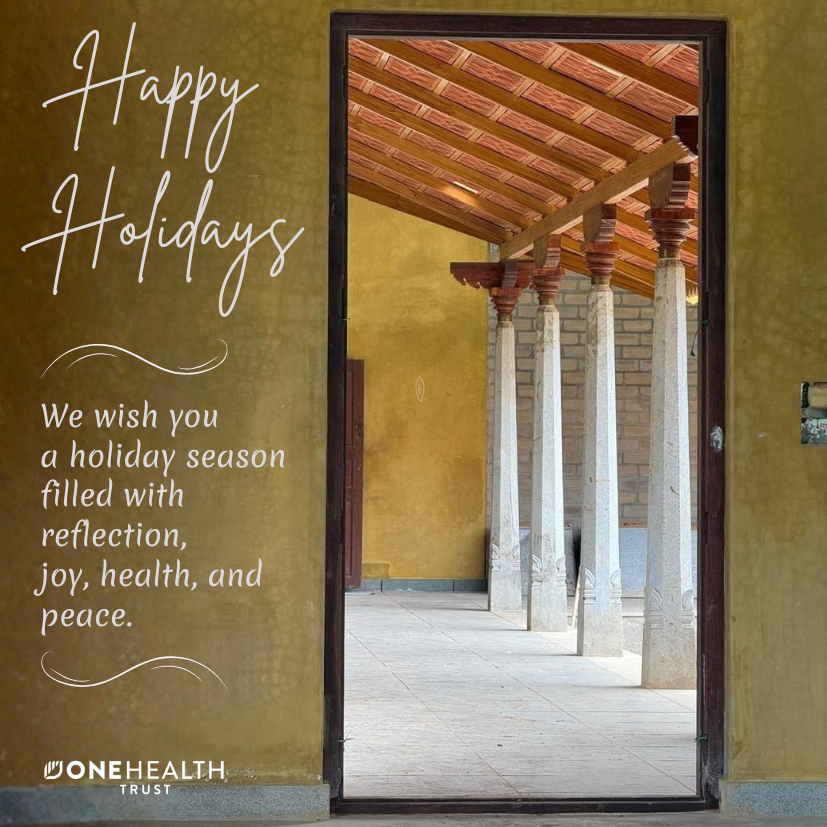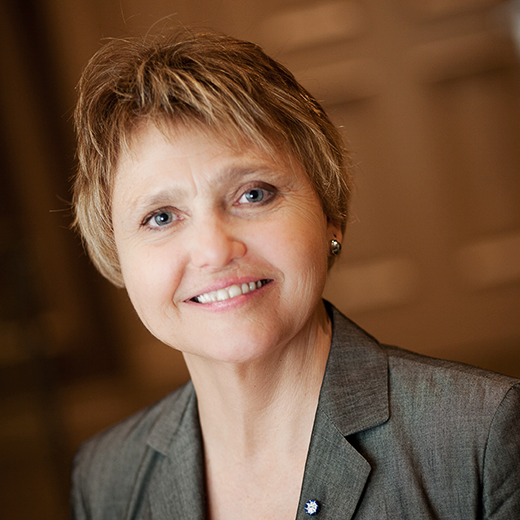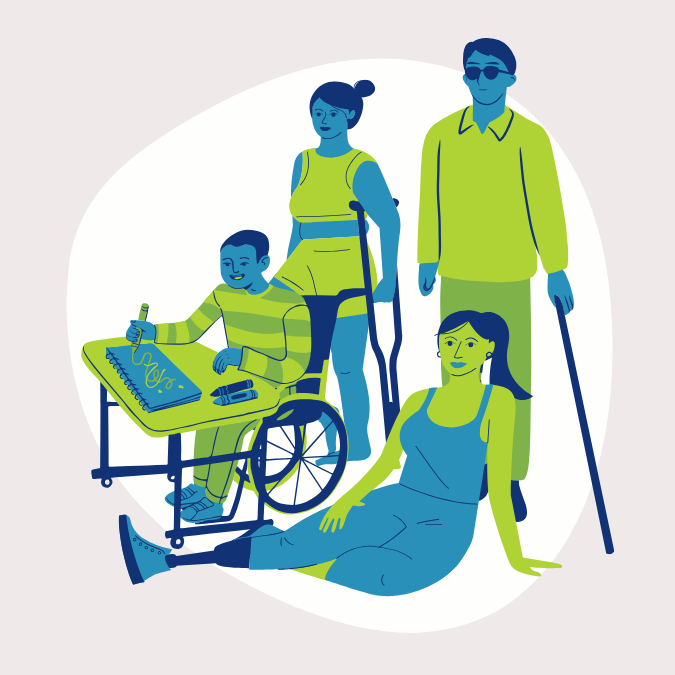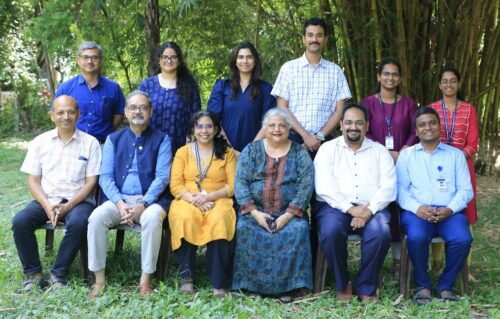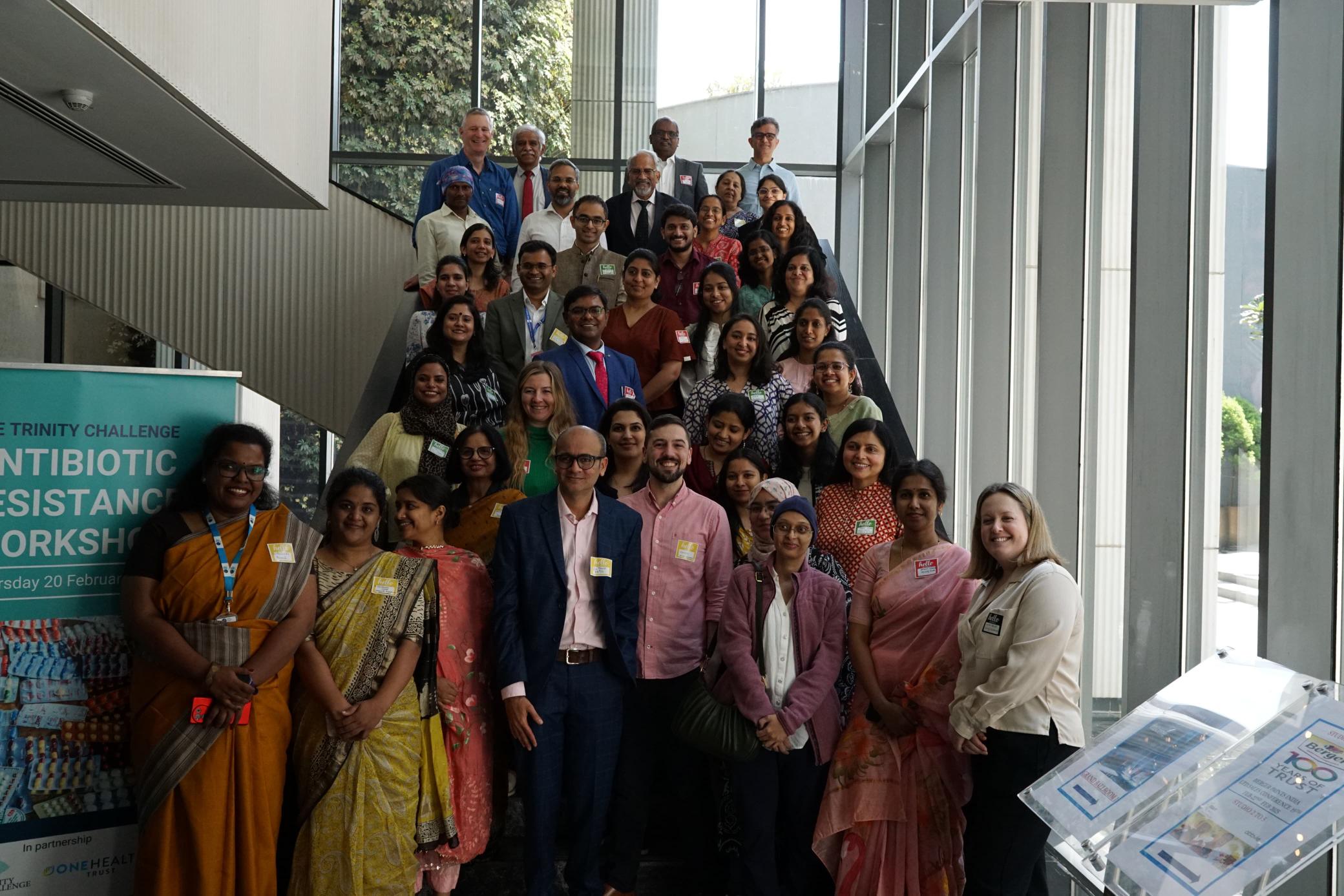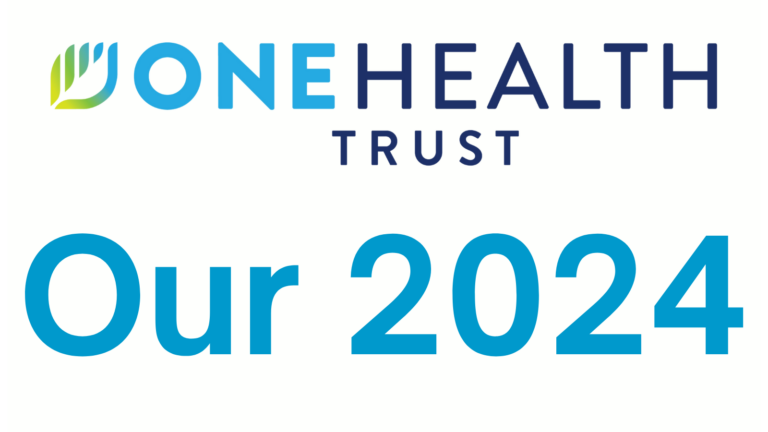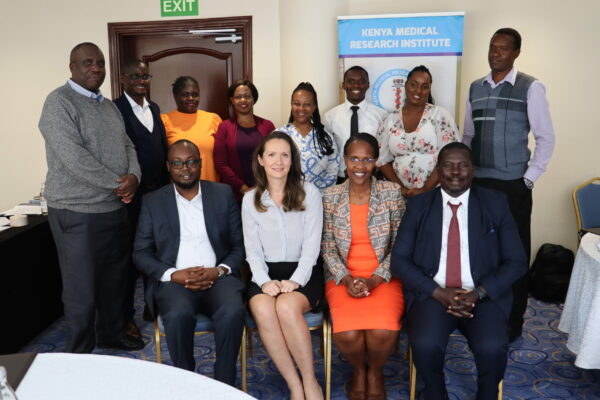May 23, 2012
Curiously, two of the main themes that characterize current global malaria control efforts are foreshadowed in famous quotations from 19th century literature. Charles Dickens in his Tale of Two Cities famously wrote It was the best of times and the worst of times. The Red Queen in Lewis Carroll s Alice in Wonderland counseled Alice that it takes all the running you can do to keep in the same place” and If you want to get somewhere else, you must run at least twice as fast as that.
These might be considered both the best of times and the most threatening of recent times for malaria control in developing nations. There is a great deal that is going right, more than in many previous periods, but there is also great concern that resistance to the most effective drug treatment for the most lethal form of malaria, P. falciparum, now evident in S.E. Asia, may spread more widely in the region and then to Africa. The possibility of the latter was just reported for East Africa (Pillai, D.R., et al., Malaria J., 11(1):131; Ligami, C., The East African, 2012, May 12).
Malaria is one of the world s oldest infectious diseases and, in a bit of symmetry, also the source of the key drug ingredient at present is derived from one of the world s oldest medicinal plants, Artemisia annua. The latter occurred in the form of teas in ancient China, but was long forgotten. It was only rediscovered after WWII when the Chinese government mounted a massive campaign, Project 523, in response to a request from the Vietnamese government to find a replacement for the chemotherapies then in use, principally chloroquine, that were facing increased drug resistance. An extensive search led to the rediscovery of A. annua and the development of an effective extract that could be readily used. Western public institutions, followed by the private sector and the World Health Organization, all played key roles in the internationalization of this process.
There was much to do, particularly since China had largely been cut off from the rest of the world. Initially China s source of A. annua was wild rather than cultivated; only much later was it cultivated there and elsewhere. Similarly, the extraction of artemisinin and of derivatives for pharmaceutical use in a manner that would meet international standards was no little challenge. Further, artemisinin, it soon became apparent, needed to be combined with other malarial drugs, to form artemisinin-based combination therapies or ACTs – in order to reduce the development of resistance. These in turn need extensive field trials in order to prove their efficacy and safety.
Moreover, when the research and development program has done its job, there is still the formidable task of getting it into the hands of the most needy, who are mostly poor, rural and remote in the case of Africa. Subsidies would be needed. They and a host of related issues were tackled in an extraordinary study funded by USAID and the Gates Foundation, conducted under the auspices of the Institute of Medicine of the National Academies. The team, led by Nobel-prize winning economist Kenneth Arrow and including Ramanan Laxminarayan, prepared a comprehensive report titled Saving Lives, Buying Time: Economics of Malaria Drugs in an Age of Resistance. It made the case for a global subsidy, considered its pros and cons, and outlined an international system to procure antimalarial drugs (Chps. 3-4). The development and funding of such a subsidy was subsequently carried out through The Global Fund to Fight AIDS, Tuberculosis and Malaria and the Affordable Medicines Facility for Malaria (AMFm). The President s Malaria Initiative, implemented by USAID, also provides financial assistance.
Overhanging it all is the need for a continual search for drugs and drug combinations that have a lower cost and different forms of resistance than artemisinin and ACTS. Other more complicated approaches involve chemical and biological synthesis and recently the transformation of artemisinic acid. There is some urgency in these efforts and they will have to continue until the halcyon days when a cheap and effective vaccine is developed a task that has long been underway and that has shown some promise, but not as much as will be needed to make it widely feasible and adopted. While the role of economic development in reducing malaria was noted as early as 1927 by the Malaria Commission of the League of Nations and by the malariologist Sydney James in 1929, it does not seem to have been given much if any attention recently except by a historian, Randall Packard in The Making of a Tropical Disease (Johns Hopkins, 2007).
All of this makes for an extraordinarily complex challenge, both for the present and the immediate future. The biological and pharmaceutical sides of the task have benefited from a host of very capable scientists who, like others before them, have devoted their careers to the ever-evolving challenge of taming or even conquering malaria. But the ranks are not symmetrically staffed, in that there has been relatively little participation of economists (a handful to my knowledge and then only on a part-time basis or on a particular issue) or other social scientists. The newly-established Malaria Policy Advisory Committee of WHO is entirely composed of MDs and biological scientists; social scientists are notable by their absence – but then the ranks of potential candidates having substantial experience with, and knowledge of, malaria and malaria control are thin.
The challenge of controlling malaria in a sustainable manner is in itself a formidable task. Conquering it is much more challenging and realistically has only one route – vaccines. Notable progress has been made in their development but is still not sufficient: actual achievement of elimination still appears to be a long way off. A package of efforts will likely be needed for some time. The challenge will be to judge the optimum, or the most nearly optimum, allocation of what are likely to be limited financial resources among the various preventative and curative approaches. This task, however, is more easily said than done and could well benefit from a broader range of professional perspectives.
***
Further background for many of these and related matters is provided in a new book by the author titled Artemisia annua, Artemisinin, ACTs & Malaria Control in Africa: Tradition, Science and Public Policy which is available from the Politics and Prose Bookstore in Washington, D.C.: contact [email protected]. An electronic version will be posted on the Medicines for Malaria Venture website (www.mmv.org/artemisinin).
About the Author
Dr. Dana G. Dalrymple is a retired agricultural economist by vocation and historian by avocation. He spent most of his Federal career with USDA and USAID where his principal duties centered about the Consultative Group on International Agricultural Research (CGIAR) and its global network of 15 research centers. One of his principal early activities was to document the development and spread of high-yielding (semi-dwarf) varieties of wheat and rice through 1985 – the basis for the Green Revolution. His annual monographs became the standard source of information, and were widely cited. He later adopted somewhat the same pattern – albeit with far fewer statistics to report – for earlier Working Papers with the same title as this book. They were widely circulated and proved to be a helpful ongoing source of feedback, complementing peer reviewed publications.

